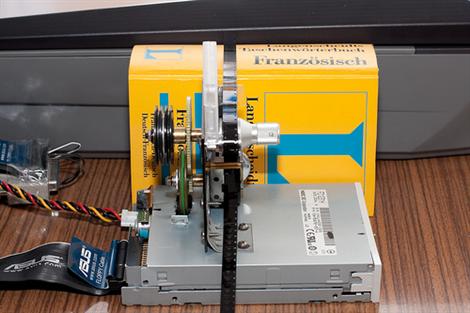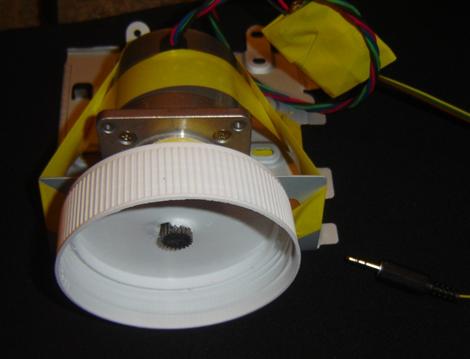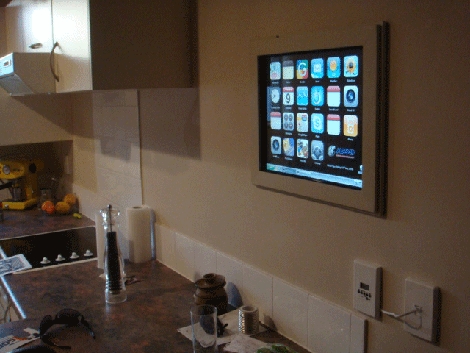![]()
If you are looking to do some face tracking and don’t know where to start, this explanation of how to do it with X10 modules could be pretty helpful. Aside from having, what some could consider to be, the absolute most annoying website ever for a company, X10 also makes modular systems for home automation. X10 also refers to the industry standard for home automation, so sometimes just saying you did something with X10 can get confusing. He is using the SDK to write custom code for the tracking, which you can download from the project page.
[via HackedGadgets]





















